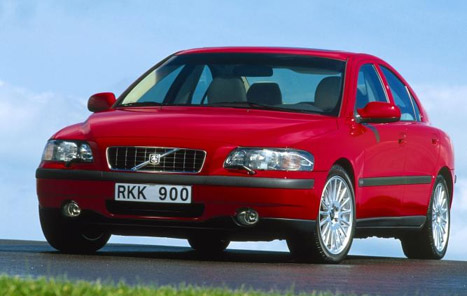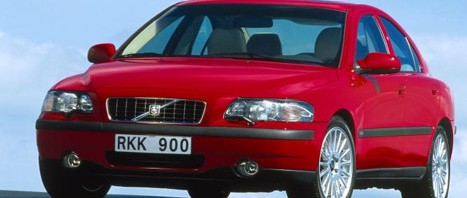 Rigid and unambiguous boundaries, segments of the car market that have been dividing for years, have recently become blurred. This is due to the growing competition and the real threat of an overproduction of cars, which on the one hand forces the reduction of production costs, on the other hand, to diversify the commercial offer. In these conditions, vehicles that do not fit into tight frames are created, the classifications currently in force. These include the new Volvo S 60
Rigid and unambiguous boundaries, segments of the car market that have been dividing for years, have recently become blurred. This is due to the growing competition and the real threat of an overproduction of cars, which on the one hand forces the reduction of production costs, on the other hand, to diversify the commercial offer. In these conditions, vehicles that do not fit into tight frames are created, the classifications currently in force. These include the new Volvo S 60
Its presentation is the next step in the rejuvenation policy of the Swedish company's model range. This process was initiated two years ago by the Volvo S80, and has been continuing it since the beginning of this year with the V70 estate car, although the first harbinger of changes was essentially the sporty C70 (1996 r.). From a technical point of view, we are dealing here with the implementation of a carefully thought-out concept of a family of vehicles with highly unified mechanical units., but with a clearly diversified audience. In these categories, one should treat the idea of a "common platform" strongly emphasized by the manufacturer., which the S60 shares with the V70 and S80. It is essentially an abstract concept, because all three cars have a different wheelbase and wheelbase and, in fact, different floor plates. However, some of their elements and the structure of the suspension are identical, brakes and drivetrain. The technological unification possible thanks to this consists in the production of all three cars on one assembly line.
Volvo designers are keen to emphasize the aesthetic affinity of the S60 and C70 series, using even, already used by Alfa in relation to the model 156, terms – four-door coupe. It is supposed to reflect the character of the car, anyway assigned according to the internal company nomenclature to the "prefamily" group, and therefore intended for young people, dynamic, people who are not yet burdened with their family, only occasionally using the second pair of doors in order to, at most, put the briefcase behind the front seat, but sensitive to their social and social image. Such a declaration obliges, therefore, it was followed by corrections of the suspension operation characteristics, towards increasing the level of active safety; an appropriate selection of the five-cylinder known from the V70, RN generation gasoline engines, with high performance in mind, and the takeover of a tailored brake system from the larger and heavier S80. They are accompanied by high rigidity of the body frame (torsional stiffness: 20 kNm / degree), conditioning both the appropriate driving comfort, as well as good traction properties. Its structure meets the requirements of passive safety thanks to the use of crumple zones at the front and rear, energy-intensive beams and profiles to protect passengers in the event of a side impact (SIPS system) and the durable middle segment. These solutions are compatible with a system consisting of belts with tensioners and force limiters, cooperating with a set of gas cushions: leading, operating in two stages (70 or 100% filling) and side, placed in the backs of the WHIPS armchairs and the so-called. inflatable window curtains.
Four items stand out in the list of optional equipment for the Volvo S60. The first is the air quality sensor sucked into the ventilation system ducts. It works with a filter with an active carbon cartridge, mounted next to the standard diesel particulate filter and helps to protect the cabin atmosphere against the presence of nitrogen oxides, ozone and hydrocarbons, as well as isolating travelers from unpleasant odors, generated while driving: gasoline fumes, exhaust, oils and operating fluids. This ozone is converted to oxygen as air flows around the radiator tubing, coated with catalytic properties. The second interesting thing is the audio set designed especially for this car, connected to the electrical installation by a CAN data bus and in the richest configuration consisting of 13 speakers, amplifier 4×75 W and Dolby Surround devices, giving the listener the illusion of being in the middle of a concert hall. The third element, only available in Sweden and the USA for the time being, his name is Volvo on Cali, combines the advantages of satellite navigation and mobile telephony to create an operational center of permanent capabilities, not requiring user participation, monitoring the position of the car and intervention in the event of an accident, failure, theft or other problems.
